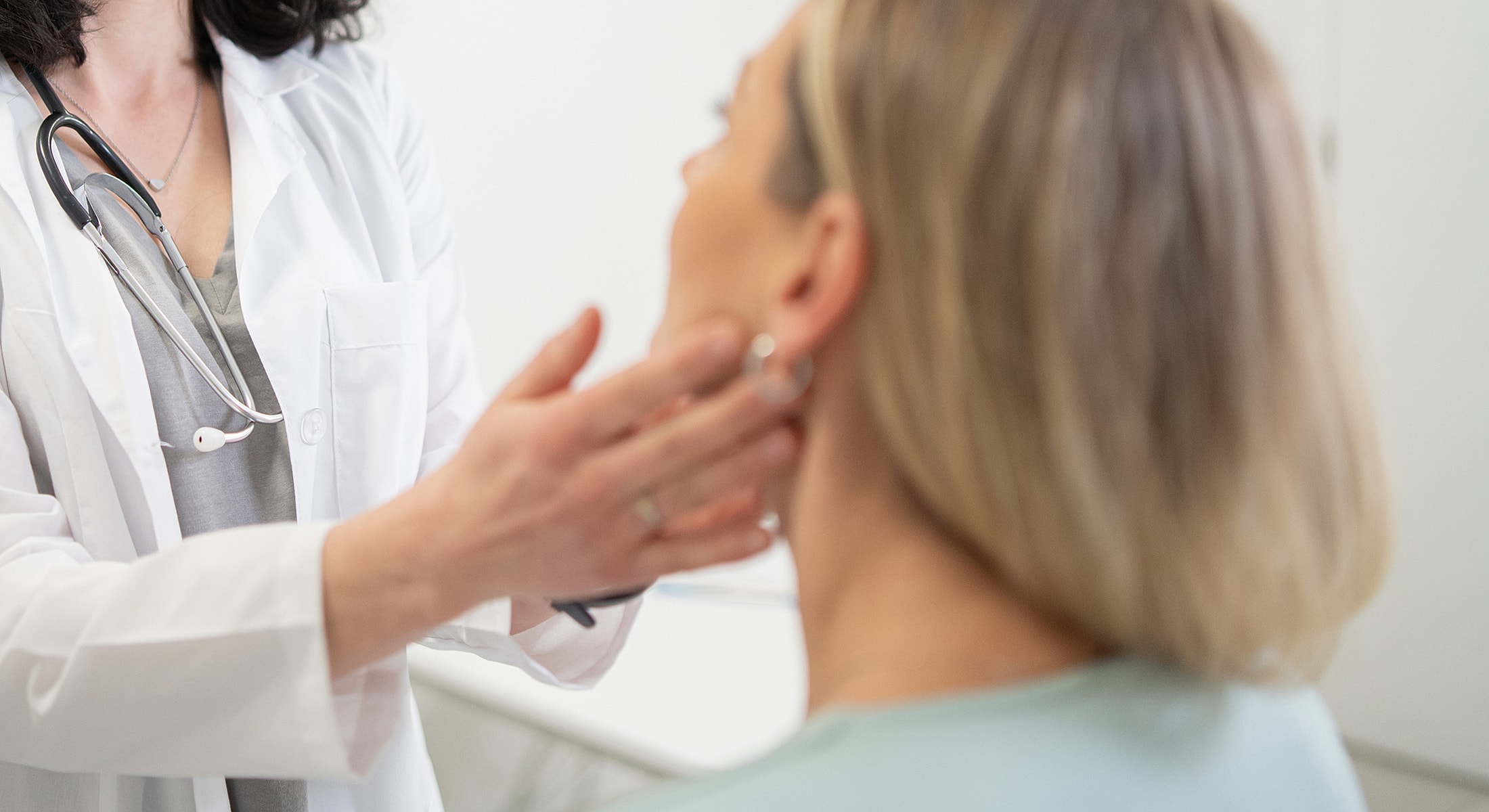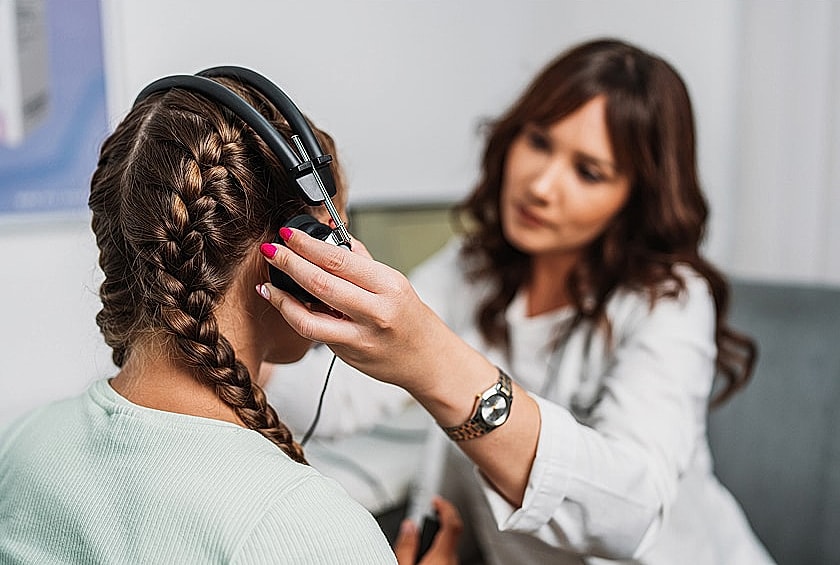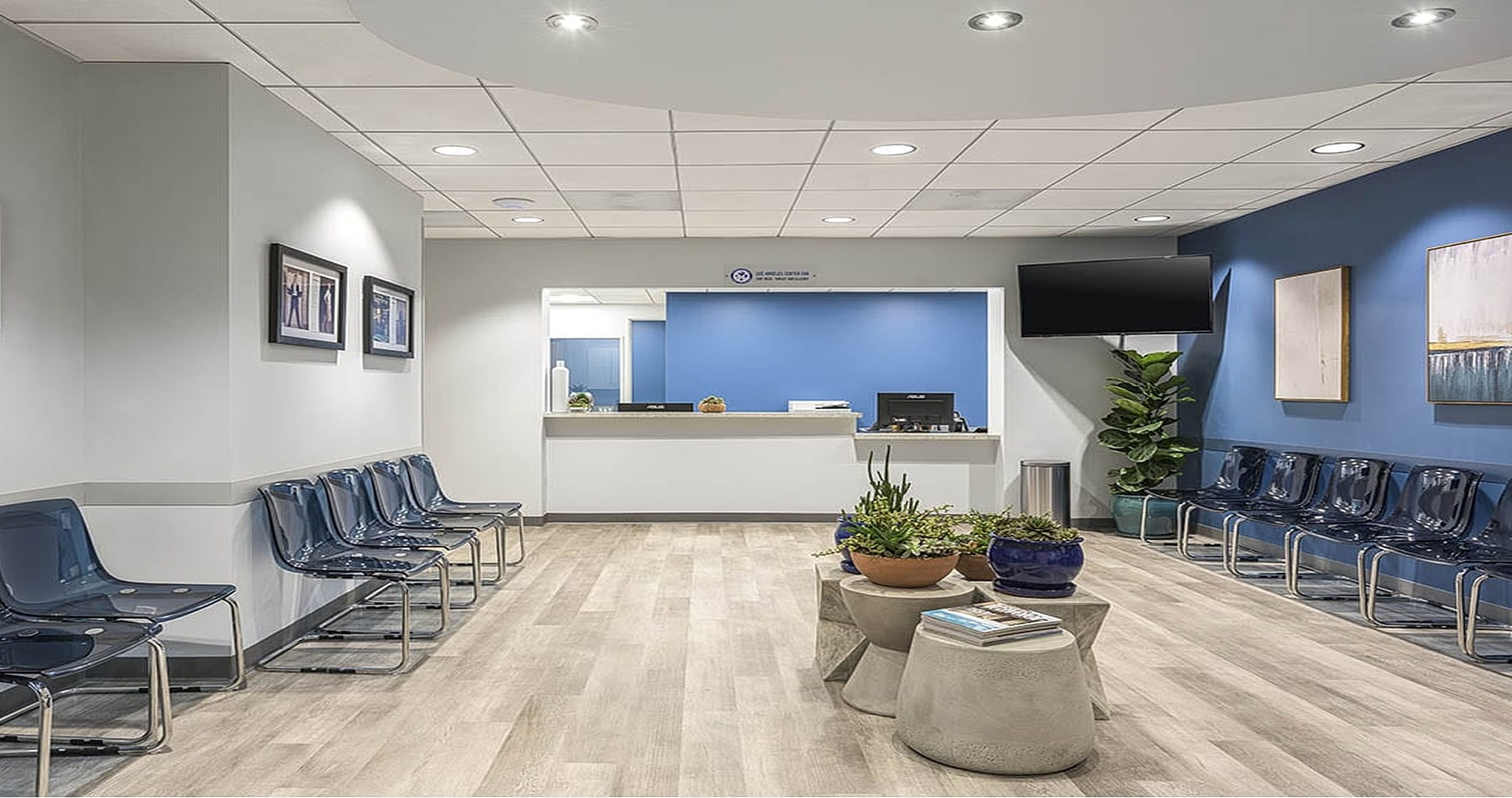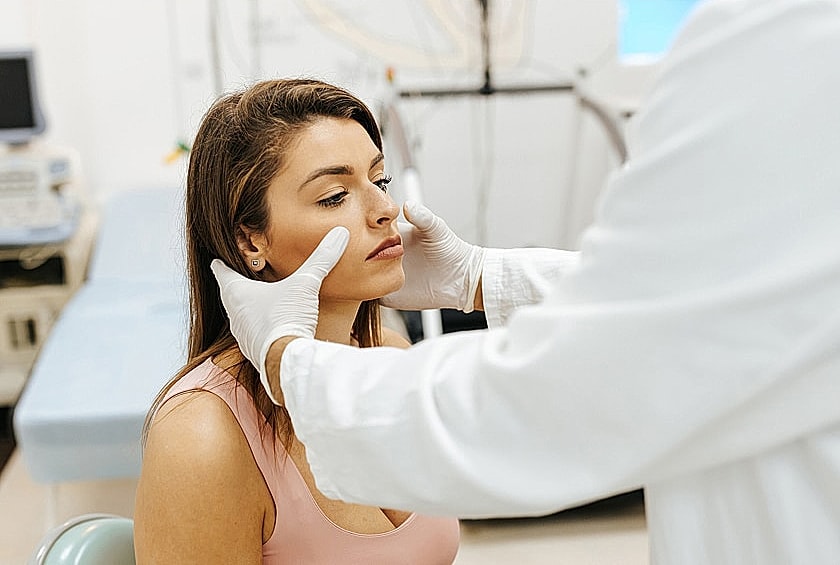Sialendoscopy offers a gentle solution for salivary gland problems, using a tiny endoscope to diagnose and treat issues like blockages or infections. This minimally invasive technique allows experts to carefully remove obstructions and promote healthy saliva flow.

















Healthy salivary glands are vital for comfortable eating, speaking, and digestion. When they become blocked or inflamed, symptoms like swelling, tenderness, and dry mouth can quickly affect daily life.
At SoCal ENT Palmdale, our specialists use sialendoscopy: a minimally invasive, gland-preserving procedure that treats salivary duct blockages and infections without the need for traditional surgery. Using a miniature endoscope, our surgeons can identify and remove obstructions, clear infections, and restore saliva flow with minimal discomfort and downtime.e.





Sialendoscopy is a minimally invasive procedure used to both diagnose and treat disorders of the salivary glands. It involves inserting a very thin, flexible endoscope equipped with a light and tiny camera into the salivary duct to visualize its structure and locate any blockages or inflammation.
This approach allows our specialists to precisely remove stones or clear infections without removing the gland itself. Because the procedure is performed through the natural duct opening or a small incision inside the mouth, patients experience far less pain, scarring, and recovery time compared to open surgery.
Step-by-Step Overview:
Most procedures take about an hour, and patients are able to return home the same day.
Sialendoscopy is effective for a variety of salivary gland conditions, including:
By directly addressing the obstruction, this procedure relieves symptoms and prevents future infections—often eliminating the need for gland removal altogether.

Compared to traditional salivary gland surgery, sialendoscopy offers a gentler and more effective approach:
By using advanced endoscopic technology, SoCal ENT’s surgeons can treat the root cause of salivary gland issues while preserving natural function.

You may be a candidate for sialendoscopy if you experience:
During your consultation at SoCal ENT Palmdale, our ENT specialists will evaluate your symptoms and imaging results to determine whether sialendoscopy is the right approach for your needs.

Recovery from sialendoscopy is typically quick and uncomplicated:
Our Palmdale team provides detailed aftercare instructions and follow-up support to ensure a smooth, lasting recovery.
No. The procedure is performed under anesthesia, and most patients report only mild discomfort afterward, similar to a dental procedure.
The procedure generally lasts 45–60 minutes, depending on the size and complexity of the blockage.
Most patients feel comfortable returning to work or normal routines within a few days.
Risks are low but may include minor bleeding, infection, or recurrence of the blockage. Serious complications are rare.
Many insurance plans cover sialendoscopy, even though it is sometimes listed under a general surgical code. Our team will help confirm coverage before scheduling.